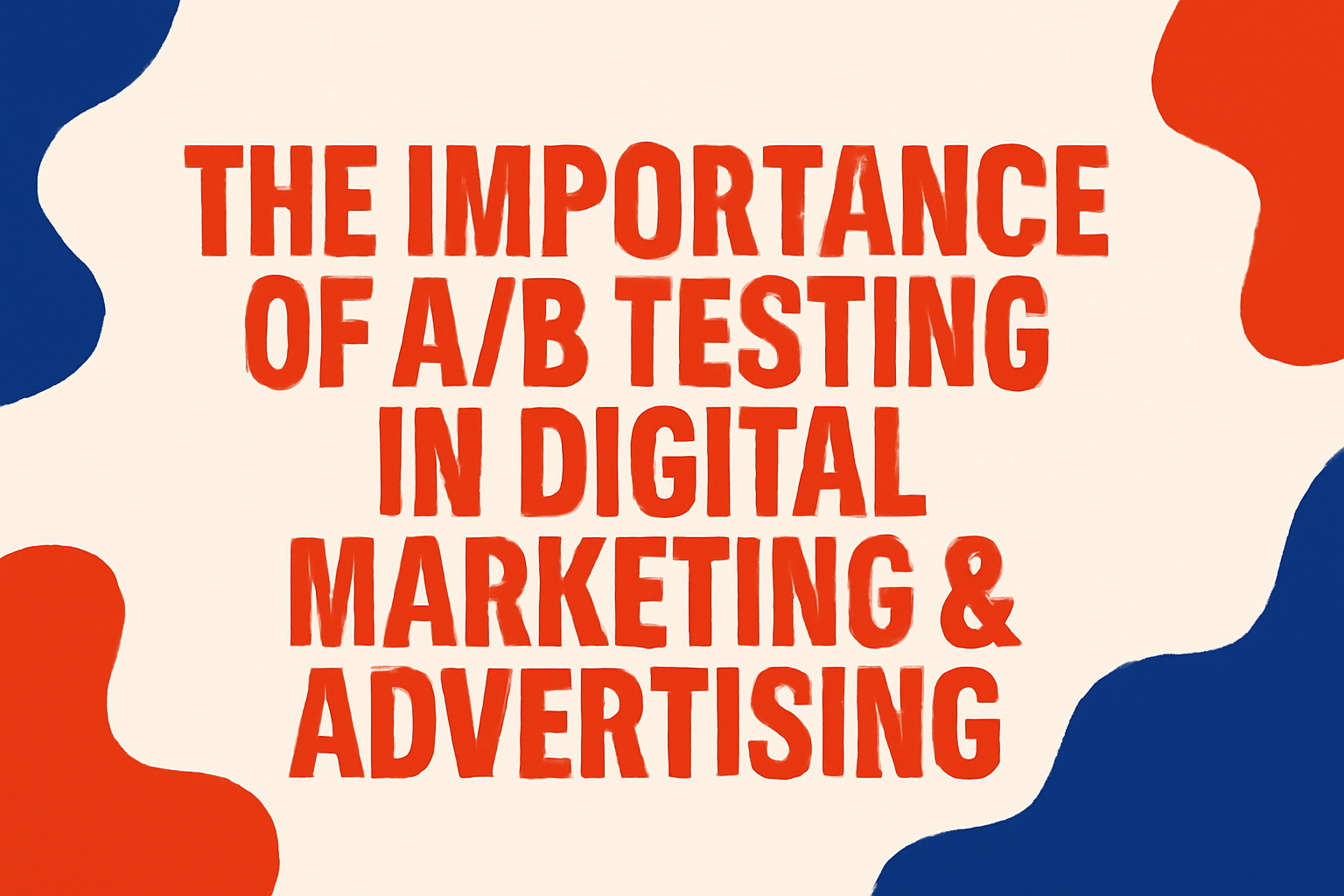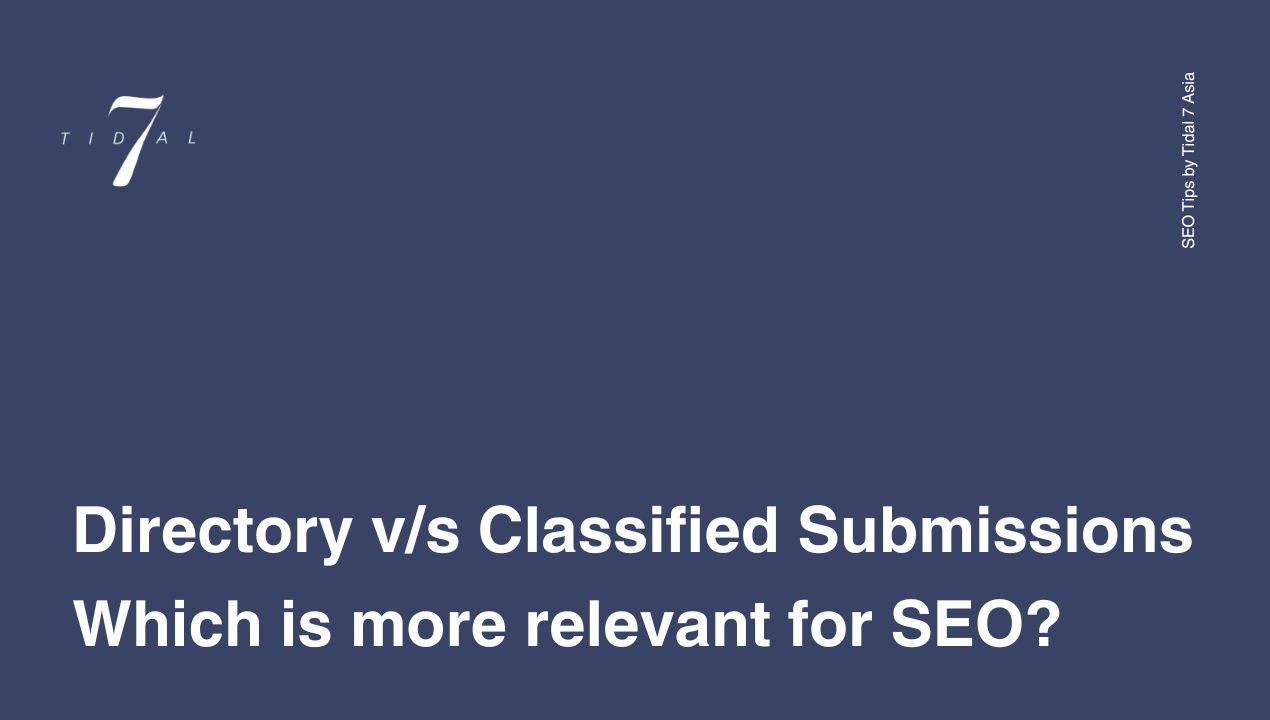
The Importance of A/B Testing in Digital Marketing & Advertising
In the ever-evolving world of digital marketing, staying ahead of the competition requires constant innovation and optimisation. One proven method to achieve this is **A/B testing**. But what is A/B testing, and why is it so crucial for digital marketing success?
What is A/B Testing?
A/B testing, also known as split testing, compares two different versions of a webpage, ad, email, or other marketing asset to determine which one performs better. By splitting your audience into two groups and showing each group a different version, you can analyse the results to identify the most effective design, message, or strategy.
Purpose of A/B Testing in Digital Marketing
The primary purpose of A/B testing in digital marketing is to optimise campaigns for better results. Here are some key benefits:
- Improved Conversion Rates: By testing different elements, such as headlines, images, or call-to-action buttons, you can find the version that drives the most conversions.
- Data-Driven Decisions: A/B testing provides actionable data, helping marketers make informed decisions rather than relying on assumptions.
- Enhanced User Experience: By identifying what resonates with your audience, you can create a more engaging and user-friendly experience.
- Cost Efficiency: Instead of investing heavily in a single untested idea, A/B testing helps you focus resources on strategies that work.
A/B Testing Examples in Digital Marketing
To better understand the impact of A/B testing, here are some practical examples:
- Email Campaigns: Test two subject lines to see which one gets a higher open rate. For instance, “Exclusive Sale: 50% Off Today!” versus “Don’t Miss Out: Huge Savings Inside.”
- Landing Pages: Compare two layouts with different headlines, images, or button placements to determine which design results in more sign-ups.
- Ad Copy: Run two versions of a Google Ad with slight variations in text to see which drives more clicks.
- Social Media Posts: Test two versions of a post with different captions or visuals to measure engagement levels.
Steps to Conduct A/B Testing in Digital Marketing
- Define Your Goal: Identify what you want to improve, such as click-through rates, conversion rates, or user engagement.
- Choose One Variable to Test: Focus on one element at a time, like a headline or image, to ensure accurate results.
- Create Two Variants: Develop two versions of the asset you want to test.
- Split Your Audience: Divide your audience into two random groups to ensure fairness.
- Run the Test: Show each group one version and track the results.
- Analyze the Results: Use analytics tools to determine which version performed better.
- Implement the Winning Variant: Apply the insights gained to optimise your campaign.
Conclusion
A/B testing is a powerful tool in digital marketing that allows advertisers to refine their strategies, improve performance, and achieve better ROI. Whether it’s enhancing email campaigns, optimising landing pages, or fine-tuning ad copy, A/B testing empowers marketers to make data-driven decisions and deliver superior results. By understanding the importance of A/B testing in digital marketing & advertising, businesses can stay competitive and meet their audience’s ever-changing needs.




